Refrigerants
Summary
When certain gases used as refrigerants enter the atmosphere, they can warm the earth at a rate orders of magnitude above carbon dioxide (CO2). Although the production and use of many of these gases is banned or being phased out under the Montreal Protocol, large quantities of refrigerants still exist in appliances or stockpiles. If these gases are not properly disposed of, most will eventually leak or be released into the atmosphere. Organizations can find and destroy these gases, generating emissions credits in the process.
We find refrigerant destruction offsets to be among the most credible on the market. We recommended one refrigerant-destroying organization, Tradewater, which sells offsets directly from its website.
Note
This report was last updated in November 2022. The previous version of this report was last updated in February 2022 and focused solely on ozone-depleting substances.
Overview
Although CO2 is the most well-known greenhouse gas (GHG), other substances released into the atmosphere by human activity also contribute to climate change. Some of the most powerful warming gases come from refrigerants and foams that can have up to 10,000 times the warming effect of CO2. These include chlorofluorocarbons (CFCs), hydrochlorofluorocarbons (HCFCs), and hydrofluorocarbons (HFCs), which are sometimes found in aerosols, refrigerators, and air conditioners. The subset of these substances that deplete the ozone layer are frequently described as Ozone Depleting Substances (ODS).
Production of these chemicals is either banned or being phased out under the universally ratified Montreal Protocol, including the Kigali Amendment. But large quantities still exist, and the use of pre-existing refrigerants is not banned in most countries. If not destroyed, refrigerants will continue to leak from appliances and storage containers, entering the atmosphere and adding to global warming.
In theory, refrigerant destruction is a good fit for carbon offsetting. Refrigerant destruction has no commercial value, so it is unlikely to occur in the absence of further government regulation, philanthropic donations, or carbon offsets. At this time, plenty of existing refrigerants still need to be found and destroyed; according to Project Drawdown, refrigerant management has a “net lifetime cost” of about $622 billion.1 Because refrigerant destruction projects can be ramped up semi-linearly with funding – i.e. they do not require large upfront capital investments but instead utilize a certain amount of funds per unit of refrigerant destroyed – revenue from selling offsets from a previous project can easily be reinvested into future refrigerant destruction.
1 “Although some revenue can be generated from resale of recovered refrigerant gases, the costs to establish and operate recovery, destruction, and leak avoidance systems outweigh the financial benefit—meaning that refrigerant management, as modeled, would incur a net lifetime cost of US$622.73 billion.” https://drawdown.org/solutions/refrigerant-management
Mechanism
Refrigerant destruction projects are considered emissions avoidance, as they prevent emissions that would have occurred had the ODS leaked into the atmosphere.
Causality
In order to determine the causality of refrigerant destruction projects, we must consider the following:
- Are refrigerants successfully converted into less harmful substances?
- Would refrigerants have been released into the atmosphere in the counterfactual?
- Does destruction of refrigerants lead to additional production of harmful gases to replace the refrigerants?
- What is the carbon footprint of the destruction activities?
We tackle each in more detail below.
Conversion of refrigerants into less harmful substances
Refrigerant destruction projects reduce GHGs by incinerating the refrigerant gases. While measuring the exact amount of gases destroyed is straightforward, converting this into the amount of CO2-equivalent gas removed requires understanding the “global warming potential” (GWP) of both the refrigerant and the byproducts of refrigerant incineration. Although there is considerable debate around the exact impact of specific gases, a table of GWP has been established by the IPCC.2 Depending on the gas being destroyed, incinerating refrigerants can lead to thousands of times less warming over a hundred years than simply letting the gases escape.
Establishing the counterfactual of refrigerant release into the atmosphere
If not destroyed, would refrigerants have been sequestered indefinitely in canisters and appliances, or would they leak into the atmosphere and cause warming? Even under the best conditions, many refrigerant storage containers will slowly leak, and improper maintenance or end-of-life disposal of appliances can result in complete release. Offset certifiers have standard assumptions for leakage over time. For instance, the Verra protocol allows projects to claim 100% of destruction to be additional when refrigerants are recovered from appliances at their end-of-life, and 25% when they are recovered from canisters that could be sold into the market and or sit unused in a warehouse. We believe these are reasonably conservative assumptions and accept them for offset projects that we analyze.
Demonstrating minimal leakage by ensuring that the destruction of refrigerants does not lead to more production of harmful gases
We may worry that destroying refrigerants might cause similar chemicals to be produced to meet the demand for this type of gas. The production and consumption of many refrigerants is either banned or must be phased out in all countries under the Montreal Protocol and subsequent Kigali Amendment.3,4 While this implies that the production of these gases must decrease, destroyed refrigerants might be replaced with other substances that also have warming effects when released into the atmosphere.
Accounting for the carbon footprint of the removal activities
Finding and incinerating refrigerants can require travel and shipping which, in turn, can lead to CO2 emissions. However, these life cycle emissions are generally taken into account by the offset certifier when calculating the total emissions reduced.
Project-level and marginal additionality
There is no other market for refrigerant destruction. Additionality is much more straightforward to establish for refrigerant projects than for other carbon offset sectors. Most countries do not have any regulations on the use and destruction of existing refrigerants, even if production of many refrigerants is banned or being phased out under the Montreal Protocol. Since no market exists for the destruction of these gases apart from the carbon offset market, refrigerant destruction projects have to rely on offsets to survive.
2 Human-made PFCs, HFCs and SF6 are very effective absorbers of infrared radiation, so that even small amounts of these gases contribute significantly to the RF of the climate system.” Changes in atmospheric constituents and radiative forcing. IPCC. https://www.ipcc.ch/site/assets/uploads/2018/02/ar4-wg1-chapter2-1.pdf
4 Kigali Amendment. https://treaties.un.org/doc/Publication/CN/2016/CN.872.2016-Eng.pdf
Permanence
When refrigerants are destroyed, their contributions to warming can be permanently avoided or reduced. The outcome depends on the specific destruction process a project uses as well as which byproducts are produced as a result. Refrigerant destruction byproducts can range from substances like sodium chloride (table salt), sodium fluoride, and water, which have no further warming potential, to gases like carbon monoxide, which may have almost double the warming potential of carbon dioxide.5 Nonetheless, given that even in the latter case, the byproducts will still have a much lower warming potential than the original refrigerant, we consider refrigerant destruction to be an effective method for durably reducing climate change.6
5 “The refrigerant is fed into the arc at a controlled rate. At these temperatures, the refrigerant molecule is broken down into its individual atoms - hydrogen, fluorine, carbon and (in some cases) chlorine.” https://www.refrigerantrecovery.co.nz/destroying-refrigerants/
6 GHG Global warming potentials, California Air Resources Board. https://ww2.arb.ca.gov/ghg-gwps
Co-Benefits
Refrigerant destruction projects do not generally offer any co-benefits, but preventing certain ODS refrigerants from escaping into the atmosphere can prevent damage to the ozone layer.
Cost-Effectiveness
Giving Green recommends one organization selling refrigerant destruction offsets to the public, Tradewater. We investigate its cost effectiveness in our Tradewater recommendation.
Bottom Line and Next Steps
We find refrigerant destruction carbon offsets to be one of the more compelling types of carbon offsets available. We have found two refrigerant destruction projects that offer credits, Recoolit and Tradewater.
Recoolit is a startup based in Indonesia that works with technicians to collect refrigerants from air conditioners during maintenance or replacement. Each batch of collected refrigerants are tested to verify global warming potential before being incinerated, and the entire process is tracked digitally to ensure transparency. Given that Recoolit is offering only pilot-stage credits at a relatively high price of about $75/ton of CO2e, we do not include it in our recommendations at present. However, we would be interested to investigate Recoolit as it expands and becomes more price-competitive.
Currently the only refrigerant destruction project we recommend is Tradewater. For more information, see our Tradewater recommendation.
Support Our Work
Giving Green Fund
One fund. Global impact. One hundred percent of your gift supports a portfolio of high-impact climate organizations, vetted by our research.
Best for:
Donors who want the simplest way to impact multiple climate solutions.
Top Climate Nonprofits
Meet the organizations on Giving Green’s list of high-impact nonprofits working to decarbonize our future, identified through our rigorous research.
Best for:
Donors who want to give directly and independently.
Support Our Work
We thoroughly research climate initiatives so you can give with confidence. For every $1 we receive, our work unlocks another $21 for effective climate solutions.
Best for:
Donors who want to amplify their impact through research.
.png)
.png)


.png)
.png)
.png)
.png)
.png)




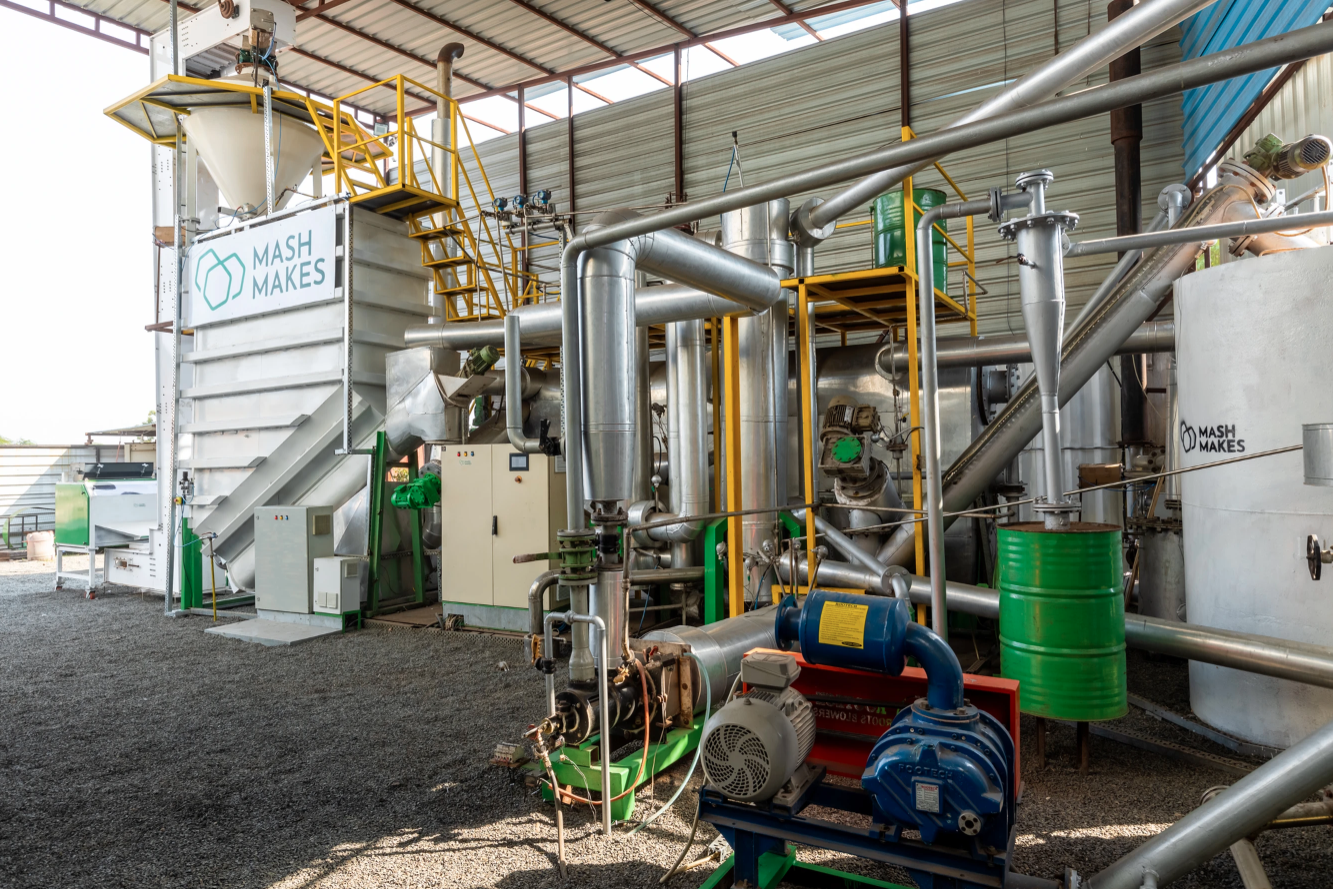
.png)
.png)





.png)


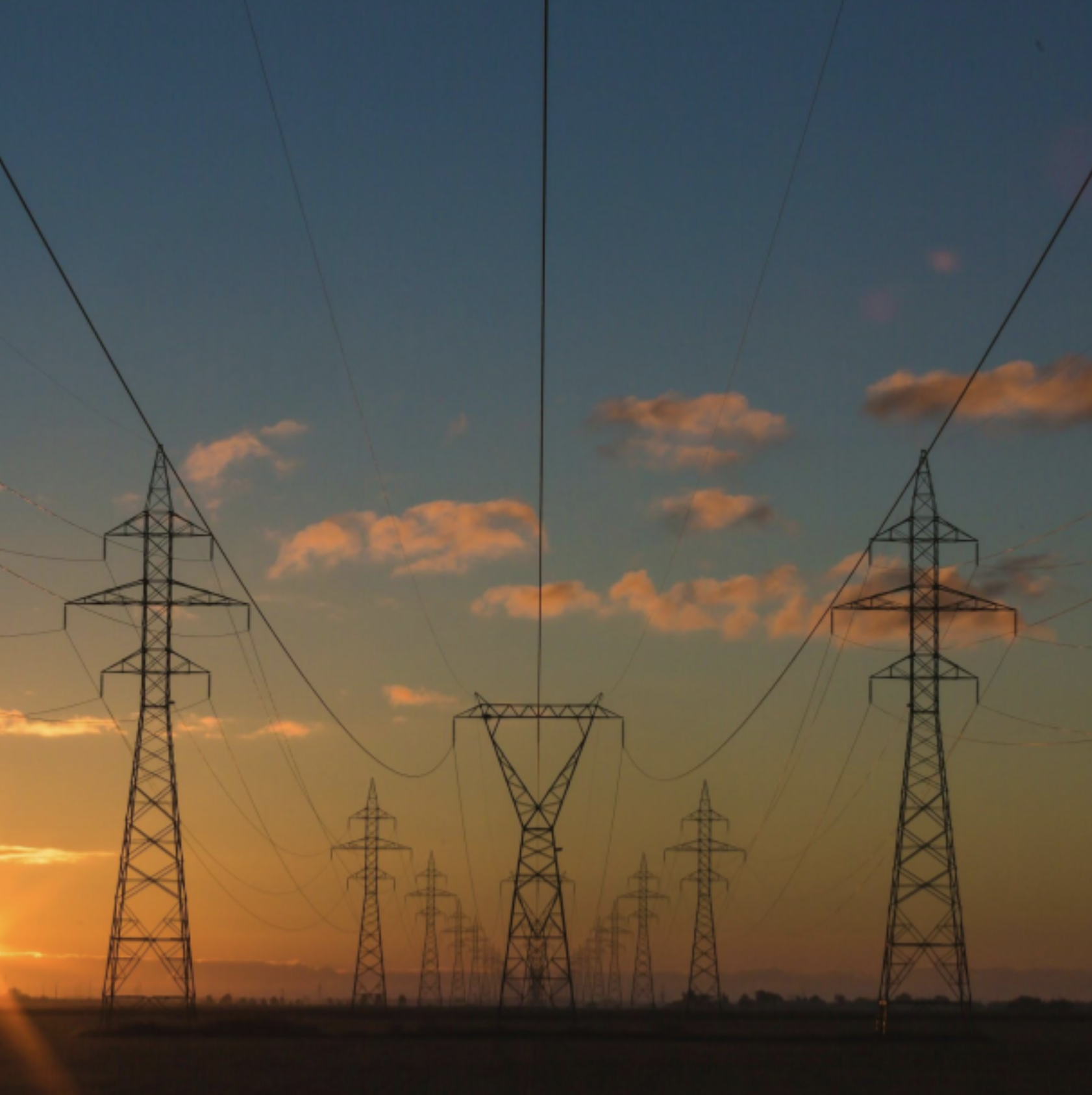


.png)
.png)
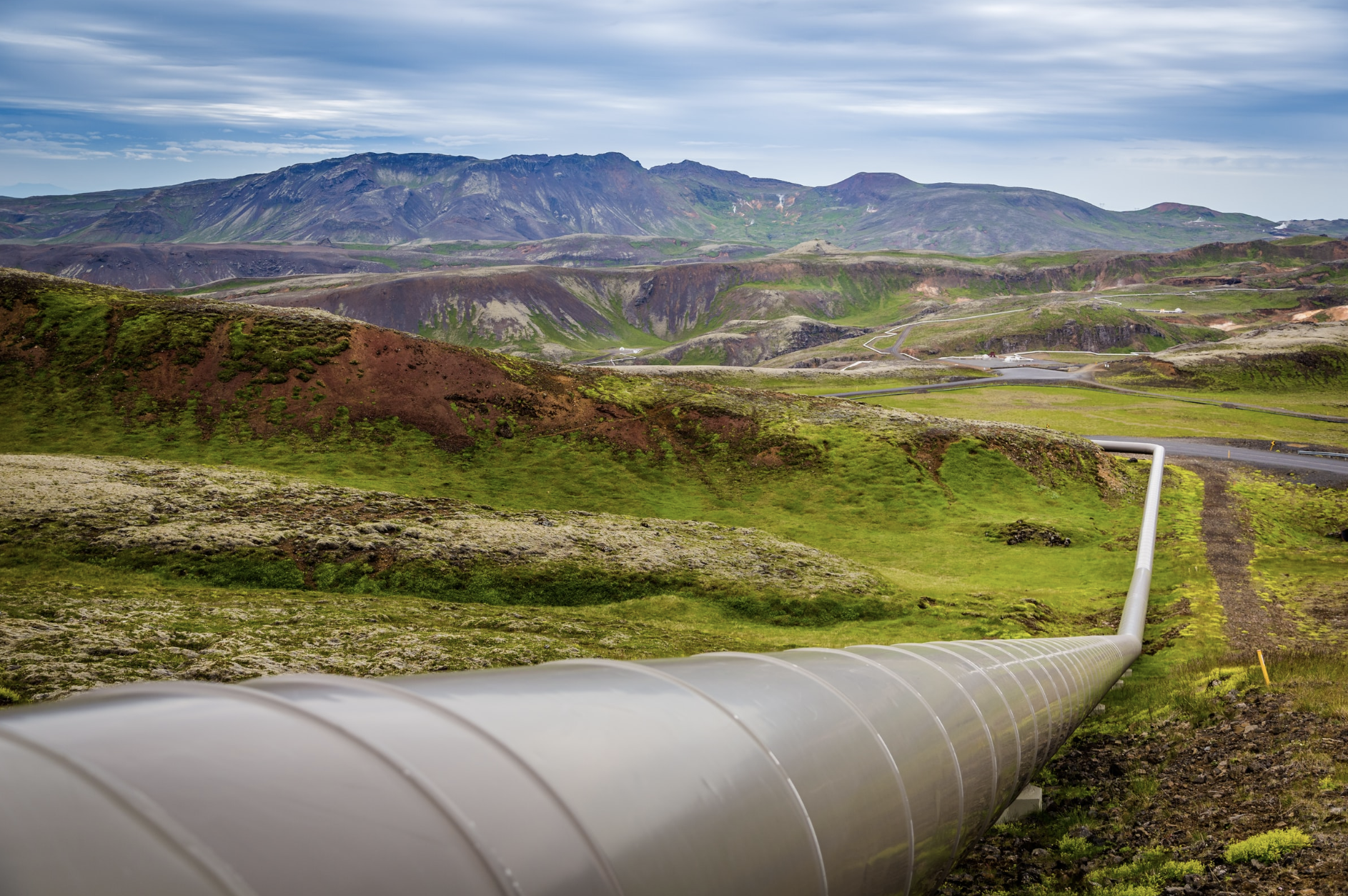
.png)
.png)
.png)

.png)


.png)
.png)

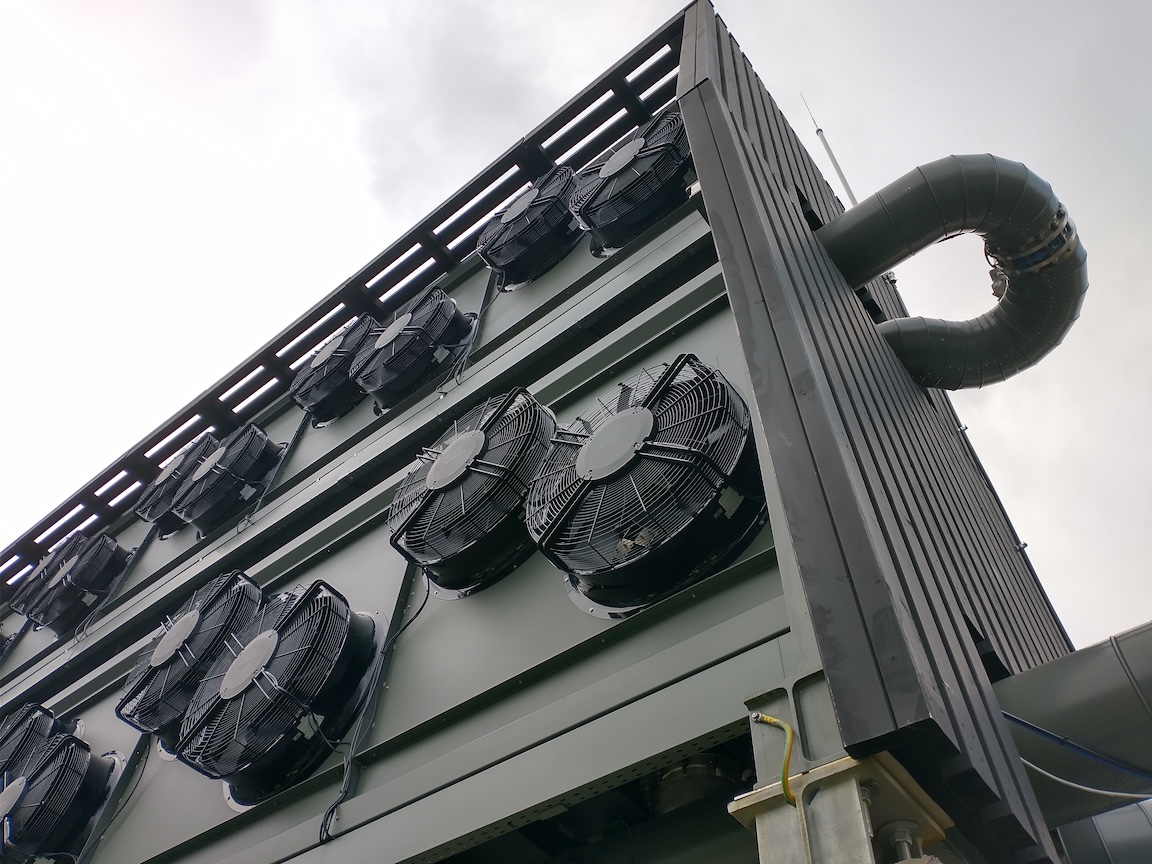
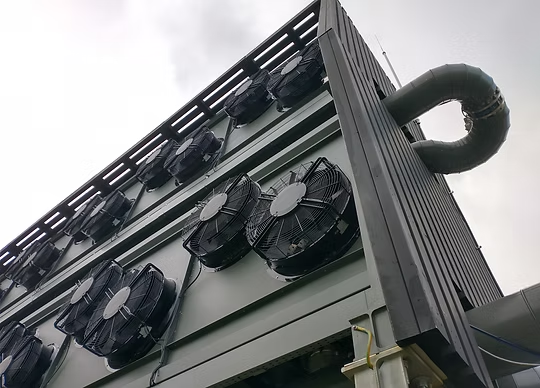

.png)


.png)
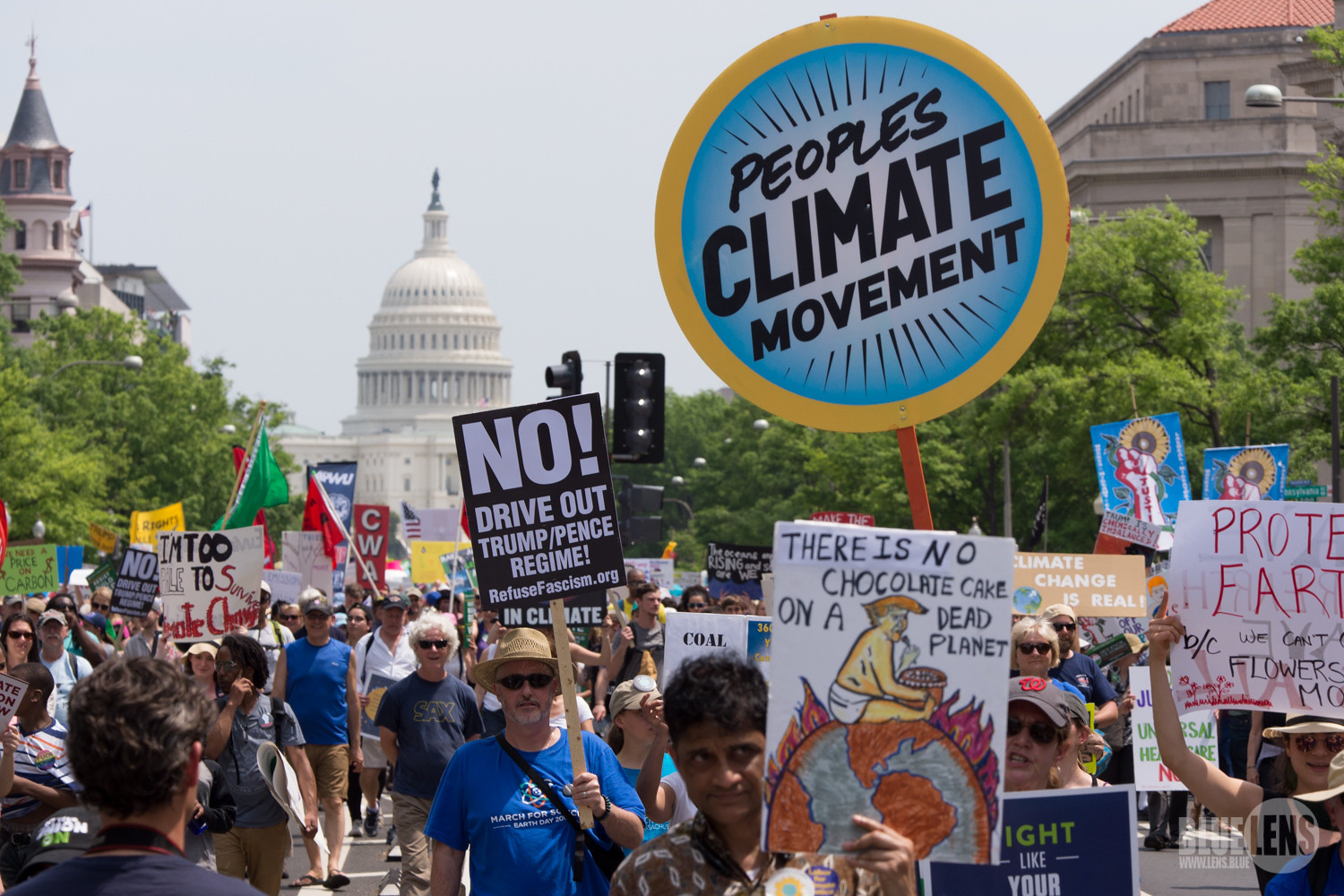
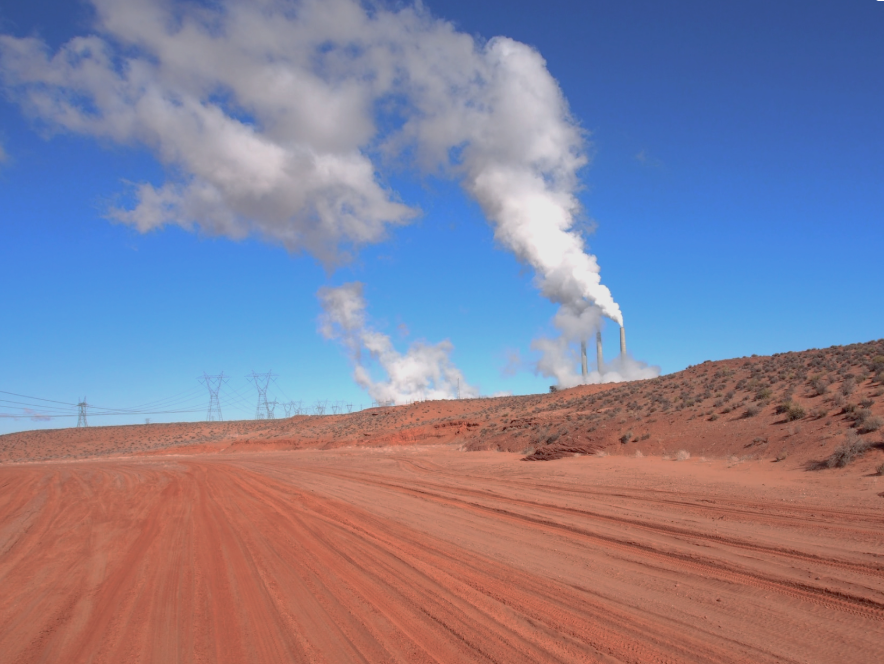

.png)
.png)
.png)


.png)

.png)



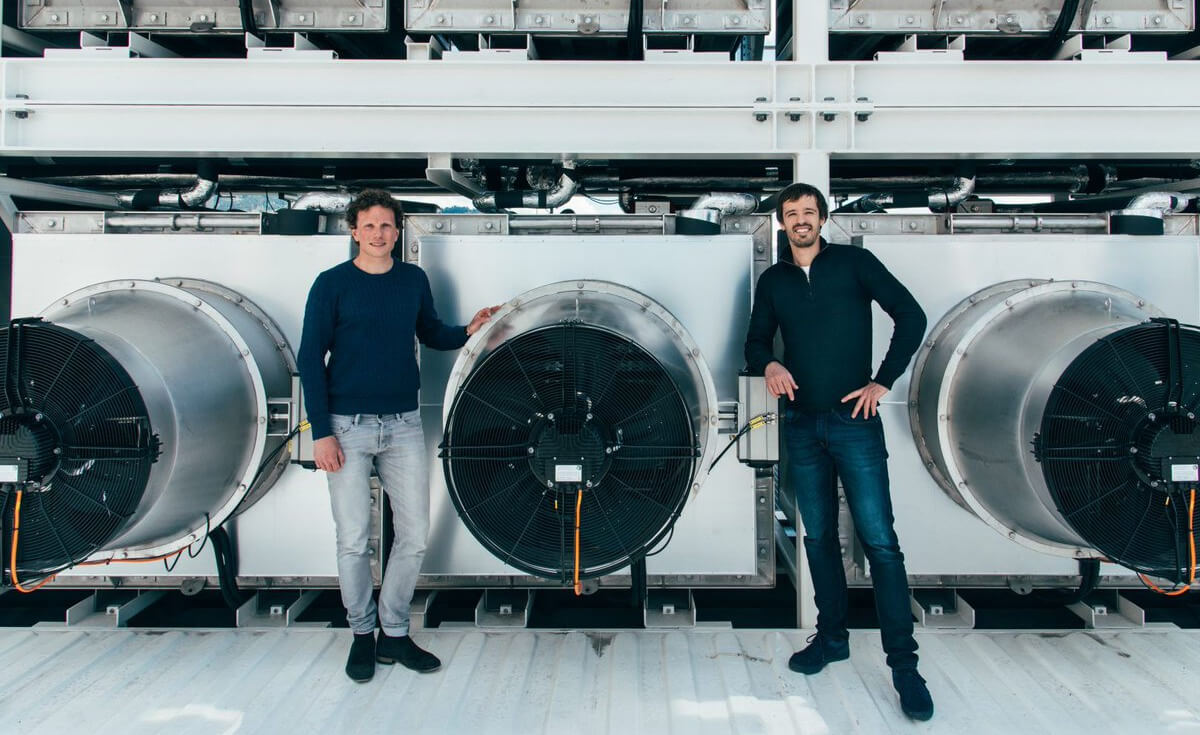



.jpg)


.png)
.png)
.png)
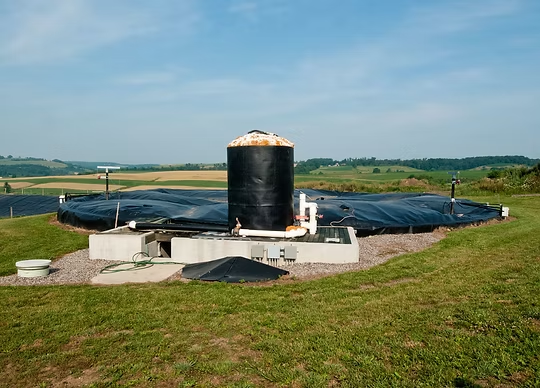

.png)




.png)
.png)


.png)


.jpg)
.png)

